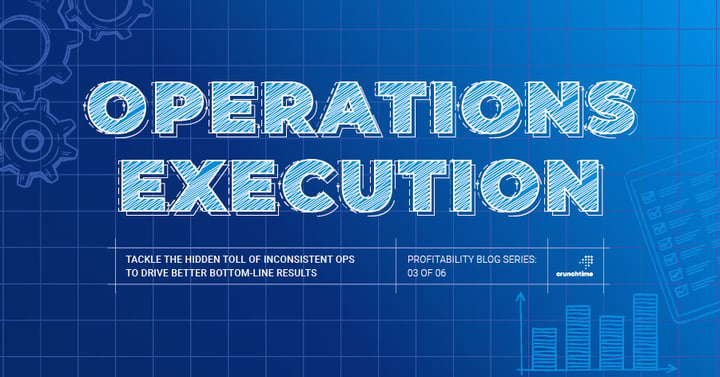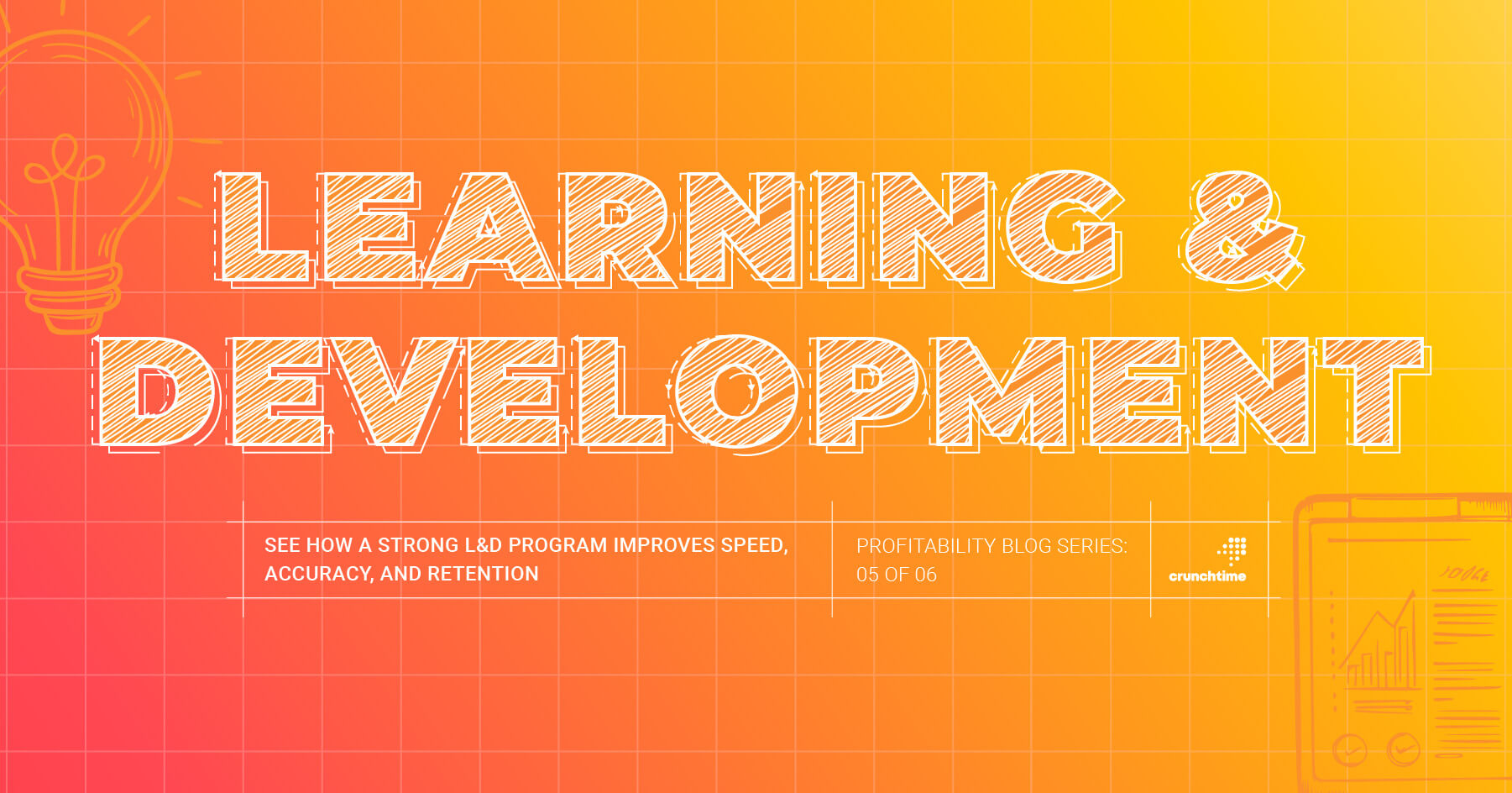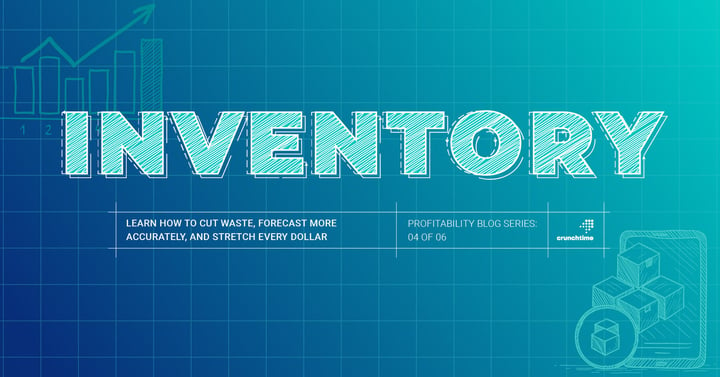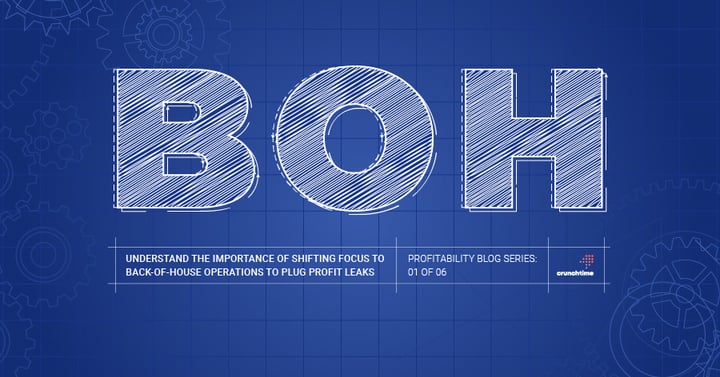
- Home
- Crunchtime Blog
- Part 5: A Profit-First Approach to Resilient Restaurant Operations

Part 5: A Profit-First Approach to Resilient Restaurant Operations
As we continue our series on improving restaurant profitability, we covered the importance of controlling labor costs, optimizing operations execution, and managing food costs. We’ll now focus on an often overlooked hidden profit driver: learning and development (L&D).
Effective training is one of the most powerful tools in your arsenal for improving performance, reducing waste, and cutting down turnover. Yet many operators fail to invest in it properly, resulting in costly operational mistakes and missed opportunities.
The Hidden Cost of Poor Training
Inadequate training has a direct and hidden cost: When employees don’t have the necessary skills or knowledge to perform their jobs effectively, mistakes are inevitable. These mistakes often result in poor service, food waste, safety violations, and unhappy customers—all of which damage profitability.
Additionally, when employees feel underprepared, turnover increases. A well-trained staff is more confident and more competent, which leads to high job satisfaction and retention. Training is an investment in your team that pays off by improving service quality, reducing errors, and enhancing operational efficiency.
Why FOH Solutions Aren’t Enough
FOH solutions can’t teach your team the operational knowledge they need to succeed in other critical areas. For instance, while loyalty or feedback apps can uncover concerning trends in visit frequency or guest satisfaction, they cannot fix those issues. And so, training to the rescue!
When you rely only on FOH solutions, you perpetuate knowledge gaps. Your staff may know how to process a transaction, but may not understand the nuances of portion control or how to handle customer complaints effectively. As a result, inefficiencies accumulate across locations, impacting your bottom line.
How Learning and Development Directly Impacts Profitability
The return on investment from a well-trained team is immense. Here’s how:
- Reduced Errors and Waste: Employees who understand portion control, food safety, and task management are less likely to make mistakes that lead to food waste or customer complaints.
- Faster Service: A well-trained staff can handle customer orders more efficiently, reducing wait times and improving overall service speed.
- A Culture of Accountability: Continuous development fosters a culture where staff take ownership of their roles, which leads to higher performance and consistency.
- Efficient Labor Strategy: When staff are cross-trained, it gives you the flexibility to handle varying staffing levels and busy periods, improving labor efficiency.
Key Action Steps to Prioritize
The lack of role-specific training leads to operational leaks. To close those gaps, here’s what you can do:
- Develop Role-Specific Training Programs: Train your team not just on POS systems, but on operational procedures, waste reduction, and food safety.
- Implement Mobile Training Platforms: Make training accessible on-demand with mobile learning tools that your team can use anytime, anywhere.
- Cross-Train Your Team: Ensure employees can step into various roles, providing staffing flexibility and reducing the impact of turnover.
- Ongoing Education: Training shouldn’t be a one-time event. Make continuous learning part of your culture to keep employees sharp and operationally efficient.
Investing in learning and development is one of the most effective ways to reduce costs and improve your restaurant’s profitability. By ensuring your staff is well-trained in all aspects of operations, from food safety to customer service, you can reduce waste, improve service, and foster a culture of excellence.
Stay tuned for the final post in our series, where we’ll discuss how building a BOH-first strategy can help support FOH success and drive sustainable growth. In the meantime, check out The Restaurant Operator’s Guide to Ops Excellence.
Share this post
Related


Part 4: A Profit-First Approach to Resilient Restaurant Operations



